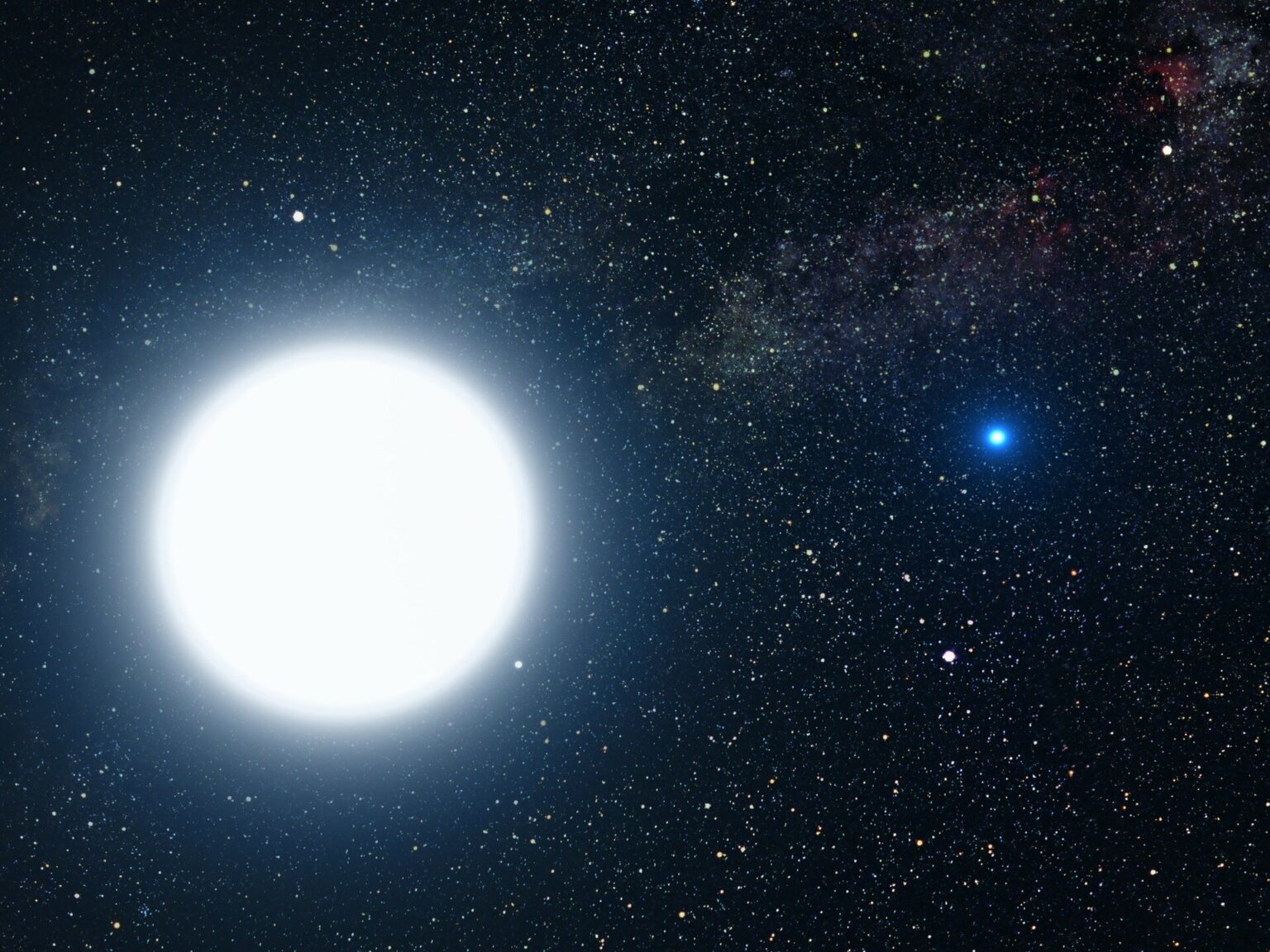Scientists are exploring the possibility of life in white dwarf systems. They believe that Earth-like watery planets may survive the death of the red giant and later migrate closer to the luminary under tidal forces.

Search for life in white dwarf systems
The small size and low luminosity of white dwarfs, the objects that remain after a star burns out all its nuclear fuel and passes the red giant stage, create perfect conditions for the search for life. It is very easy to find liquid water-rich and Earth-like planets in their orbits.
The trick is to spot the shadow of a planet in the background of a former star that has faded to a fraction of its size, and discover that it is a planet that has retained its water oceans for billions of years, even after the star survived the red giant stage and shed its shell. A new study of the dynamics of white dwarf systems suggests that such worlds can indeed be found there.
Astronomers, who study planets outside our solar system for potential signs of life, collect data as these planets fly past their star or pass between the star and our telescopes. When the light of the latter passes through the atmosphere of an alien world, there appear the spectral lines of the substances which form this gas envelope.
Large stars usually have turbulent and very polluted atmospheres with various impurities. Because of this, “catching” with a spectrograph the “planetary” spectral lines in their case is not as easy as it seems. But the pure, calm and faint light of white dwarfs suits it just fine.
How does a planet survive after the death of its parent star?
While it is easy enough to detect Earth-like planets in the orbits of white dwarfs, there are serious doubts about whether they could be there at all. The fact is that the past of these luminaries makes the preservation of liquid water on the surface of the luminaries very difficult.
The first major obstacle for such a planet would be to survive the final days of a small to medium sized star. When they run out of fuel to support the thermonuclear reactions in their core, their outer layers begin to swell.
During this process, the temperature on the surface of the planets begins to rise rapidly. Those that used to be quite earthlike become a fiery inferno. The ones that were previously ice balls become livable.
According to a new study, an Earth-like planet must be at least 5-6 astronomical units away from its dying star to retain a significant amount of water during its transformation into a red giant, eating its inner worlds and the associated effects. However, even after all this apocalypse is over, the planet’s water will continue to be challenged. After all, over the next billion years or more, the once turbulent star will shrink and cool.
Eventually, the white dwarf will become so small and cold that a planet that gets enough heat to have liquid water will have to be no more than 1% of 1 astronomical unit away. And it would have to get there somehow from 5-6 a.u. orbit.
Planetary tidal migration
One way to reduce the diameter of a planet’s orbit on such a large scale is so-called tidal migration. A certain dynamic instability between the planets in the system causes one of them to go into a highly centered orbit, like a comet, and then approach the central body of the system, then move away from it again.
Further work on the circumstances of potential pairs of white dwarfs and planets will help improve the odds and guide the decision-making process when it comes time to allocate limited telescope resources to the search for planets that can support life.
According to phys.org


